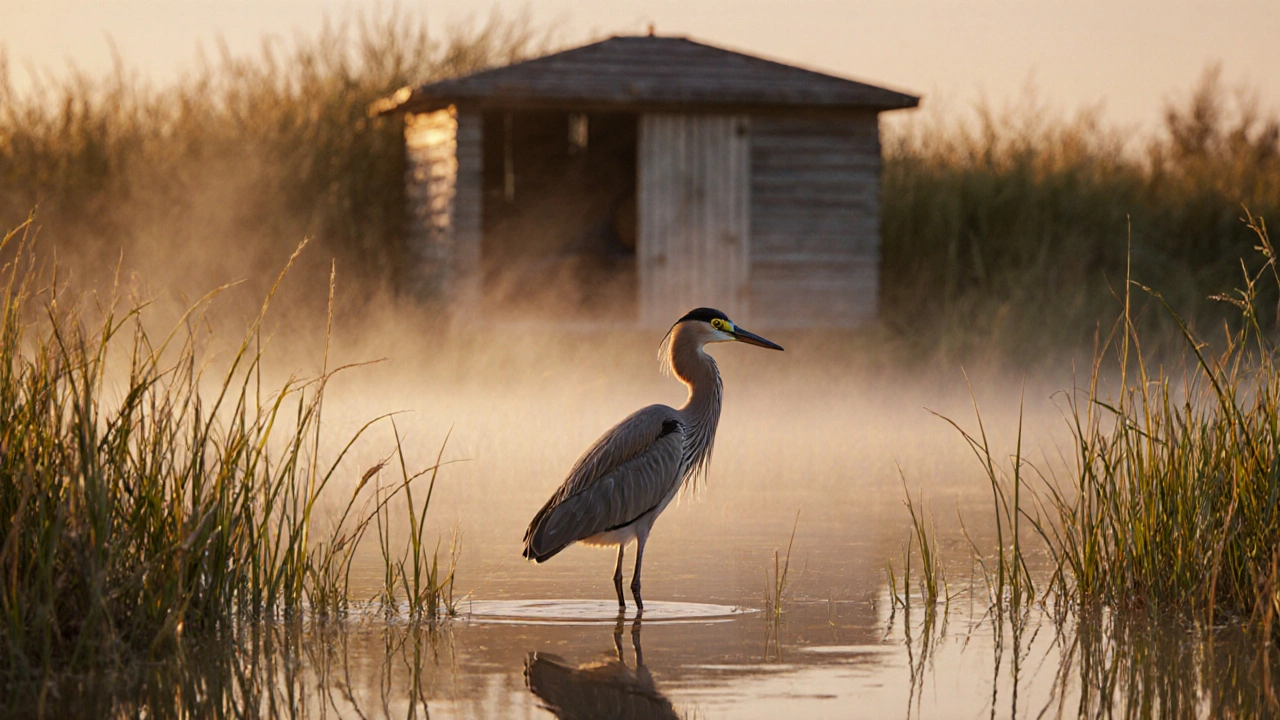WWT London: Wetland Centres, Wildlife, and Nature Experiences in the City
When you think of WWT London, a network of urban wetland centres dedicated to wildlife conservation and public education. Also known as Wildfowl & Wetlands Trust London, it transforms forgotten corners of the city into living habitats for birds, amphibians, and plants. This isn’t just a park. It’s a working sanctuary where water, land, and wildlife come together—right next to busy roads and train lines.
WWT London includes sites like WWT London Wetland Centre, a 105-acre wetland reserve in Barnes, created from old reservoirs and now home to over 180 bird species. You’ll find birdwatching hides, quiet viewing points designed for observing ducks, herons, and rare winter visitors without disturbing them, and guided walks led by staff who know exactly where the otters hide or when the kingfishers fly. Families come for the pond-dipping sessions, schools for the ecology workshops, and locals just for the peace. No ticket needed to walk the outer paths. Just show up with shoes and curiosity.
The real magic? You’re not just watching nature—you’re helping it. Every visit supports habitat restoration, species recovery, and science projects that track how urban wetlands adapt to climate change. The centre doesn’t just protect waterfowl; it teaches people how to live alongside them. You’ll see how rain gardens filter pollution, how reed beds clean wastewater, and how even small patches of wetland can bring back biodiversity.
Seasons change what you’ll see. Spring brings nesting swans and chicks. Summer has dragonflies hovering over reeds. Autumn turns the marshes gold, and winter fills the skies with migrating geese. There’s no best time—just different experiences. The café uses local ingredients. The gift shop sells handmade crafts from conservation partners. Even the paths are built with recycled materials.
What you’ll find below are real stories from people who’ve explored these spaces: where to spot the rarest birds, how to bring kids without losing them to boredom, which trails work best in rain, and why locals keep coming back—even when the city feels overwhelming. These aren’t tourist brochures. They’re honest tips from those who’ve sat quietly in the reeds, waited for a glimpse, and left with more than they came for.
